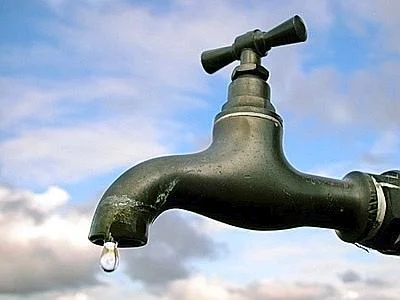
The Marsili volcano represents one of the most important natural structures in the Mediterranean Sea: let's discover together the information about it and its incredible history.
The Marsili volcano, where it is located
Let's start by analyzing the characteristics that concern this volcano and the first interesting aspect concerns its location: this is located in the central part of the Mediterranean basin, at a depth of approximately 3000 meters below the sea. Its main characteristic is represented by the presence of small fractures over its entire surface, which allows it to create different areas where an eruption may occur. This makes the volcano impressive given that the magma may not be expelled only and exclusively from its final part. It is not the only volcano present in the Tyrrhenian Sea, Marsili is in the company of other large volcanoes: Vavilov, Magnaghi, Palinuro, Glaucus, Aeolus, Sisyphus, Enarete and others.
The history of the Marsili volcano
This volcano has a very ancient history and scholars, also given the impossibility of directly accessing the natural structure, hypothesize that the period of greatest activity of Marsili occurred about a million years ago, therefore in prehistoric times where the world population was absent.
The main activities carried out by this volcano concern the eruption of magma which has created various areas and divided the globe, especially the European continent, making it well marked compared to other geographical areas. The second type of activity hypothesized by scholars, however, concerns the explosions produced by the volcano itself.
According to recent studies, these were characterized by very low intensity which did not have serious repercussions on the terrestrial globe: these activities, unlike the previous ones, were placed in a more recent period of time, that is, around five thousand years ago even even if, even in this case, there is no precise evidence that allows us to understand the precise historical period during which these phenomena emerged.
This is always for the reason linked to the impossibility of carrying out a very accurate study on the surface of the volcano itself: therefore these are simple hypotheses that characterize the history relating to the volcano itself.
The Marsili volcano and its danger
The volcano has currently been the subject of a series of analyzes to establish whether this represents a potential danger for the entire globe.
Contrary to what one might imagine, the aforementioned type of volcano does not represent a natural structure that could be synonymous with dangers and tsunamis, therefore offering the possibility of avoiding the adoption of solutions that have the task of preventing the condition of the Earth from be put at risk.
Furthermore, this volcano has become so important and famous that it is often the subject of entire scientific lessons, especially during primary school education: as it is the most important underwater volcano, it must be known so that children can better understand how our planet is structured. and the main elements that distinguish it.
Marsili is studied by INGV which has dedicated a page to this disturbing underwater giant: https://www.ingv.it/newsletter-n-9/marsili-il-gigante-del-mediterraneo









